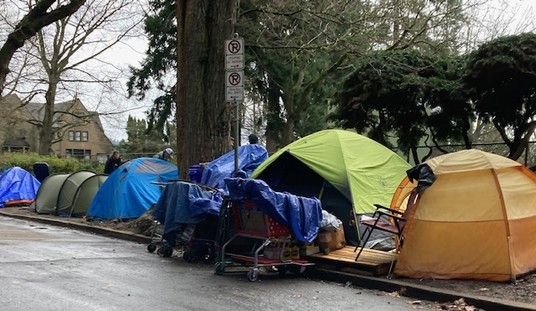In his terrific new book, The United States of Paranoia: A Conspiracy Theory, Jesse Walker of Reason writes that while the vast majority of conspiracy theories are bunkum, we can learn a lot about what’s obsessing a particular corner of society at any given time based on the conspiracy theories it’s putting into wide circulation. Along the way, Walker notes that history has not treated liberal intellectual Richard Hofstadter’s landmark 1964 essay “The Paranoid Style” too kindly. But then, Hofstadter has only himself to blame, as he was unwilling to concede that conspiracy theories will frequently engulf the center, rather than just the fringe, as Walker notes:
But educated elites have conspiracy theories too. By that I do not mean that members of the establishment sometimes embrace a disreputable theory— though that does happen. When White House deputy counsel Vince Foster turned up dead during Bill Clinton’s term in office, sparking an assortment of conspiracy tales, former president Richard Nixon told his personal assistant that the “Foster suicide smells to high heaven.” Clinton himself, on being elected, asked his old friend and future aide Webster Hubbell, “Hubb, if I put you over at Justice, I want you to find the answers to two questions for me. One, Who killed JFK? And two, Are there UFOs?” But I mean something far broader than that. You wouldn’t guess it from reading “The Paranoid Style,” but the center sometimes embraces en masse ideas that are no less paranoid than the views of the fringe.
Consider the phenomenon of the moral panic, a time when fear and hysteria are magnified, distorted, and perhaps even created by influential social institutions. Though he didn’t coin the phrase, the sociologist Stanley Cohen was the first to use it systematically, sketching the standard progression of a moral panic in 1972: “A condition, episode, person or group of persons emerges to become defined as a threat to societal values and interests; its nature is presented in a stylized and stereotypical fashion by the mass media; the moral barricades are manned by editors, bishops, politicians and other right-thinking people; socially accredited experts pronounce their diagnoses and solutions; ways of coping are evolved or (more often) resorted to; the condition then disappears, submerges or deteriorates and becomes more visible.”
At the time of Hofstadter’s essay, the center of politics in the Northeast Corridor meant the liberal Democrats of the FDR-through the LBJ era, an ideology that would be subsumed in the coming years by the radical new left, which ultimately leads us to this new item at the Daily Caller:
A Department of Defense teaching guide meant to fight extremism advises students that rather than “dressing in sheets” modern-day radicals “will talk of individual liberties, states’ rights, and how to make the world a better place,” and describes 18th-century American patriots seeking freedom from the British as belonging to “extremist ideologies.”
The guide comes from documents obtained by Judicial Watch and is authored by the Defense Equal Opportunity Management Institute, a DoD-funded diversity training center.
Under a section titled “extremist ideologies,” the document states, “In U.S. history, there are many examples of extremist ideologies and movements. The colonists who sought to free themselves from British rule and the Confederate states who sought to secede from the Northern states are just two examples.”
Besides a brief reference to 9/11 and another to the Sudanese civil war, the guide makes no mention of Islamic extremism.
The guide also repeatedly tells readers to use the Southern Poverty Law Center as a resource in identifying hate groups. The SPLC has previously come under fire for its leftist bias and tendency to identify conservative organizations such as the American Family Association as hate groups.
In August 2012, an attempted terrorist attack occurred at the Family Research Council, another conservative organization the SPLC has branded a hate group. FRC president Tony Perkins said the SPLC’s designation prompted the attack, stating the gunman “was given a license to shoot … by organizations like the Southern Poverty Law Center.”
As Glenn Reynolds notes at Instapundit:
I suspect that this kind of thing is costing the military a lot of credibility with people who normally support it. I also suspect that Obama’s fine with that. And given the SPLC’s record, does this mean that soon we’ll see drone attacks on “pickup artists?”
Paranoia strikes deep — in this case, deep at the center of power. Still, it’s nice of the Department of Defense to inadvertently write their own ad for Walker’s book, and his 2009 article at Reason that helped to inspire it, “The Paranoid Center.”
[jwplayer config=”pjmedia_eddriscoll” mediaid=”66197″ width=”590″ height=”360″]










Join the conversation as a VIP Member